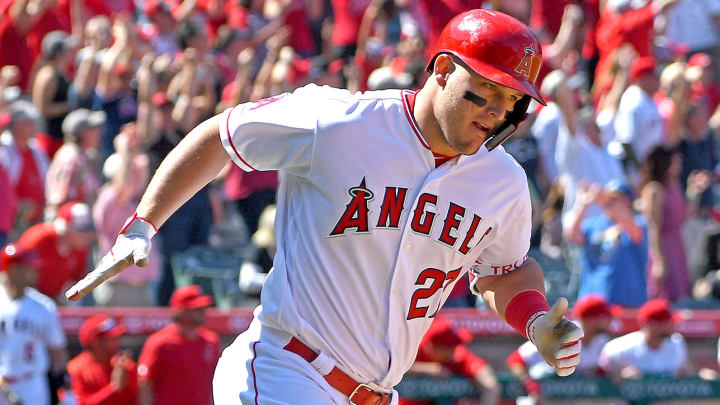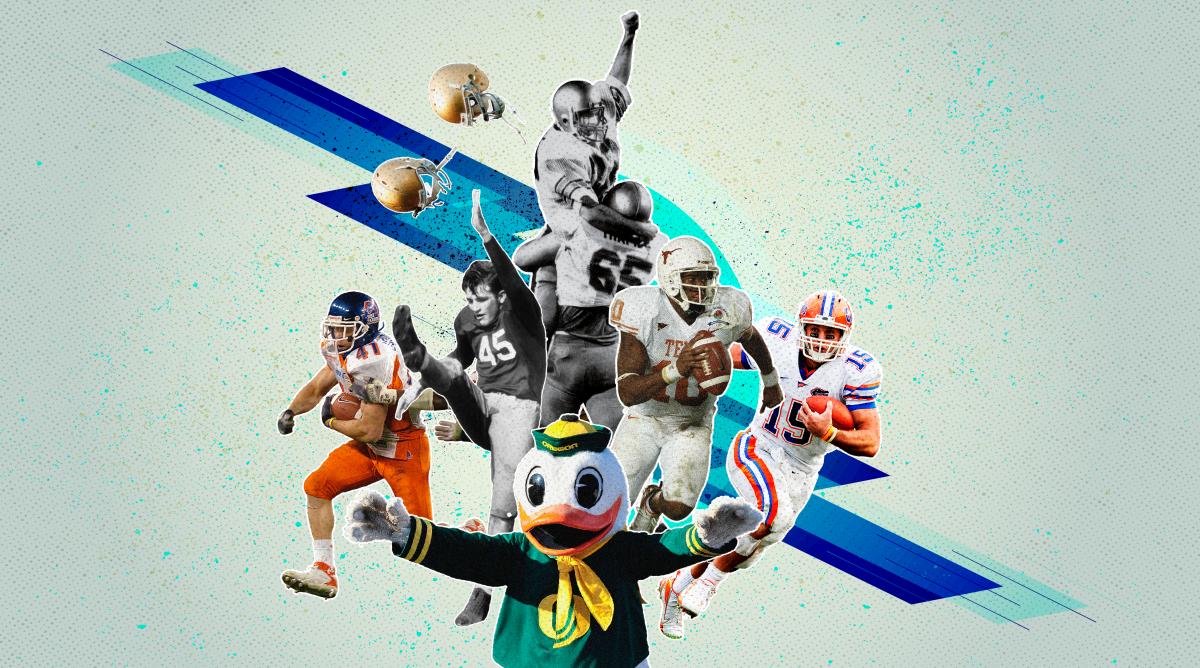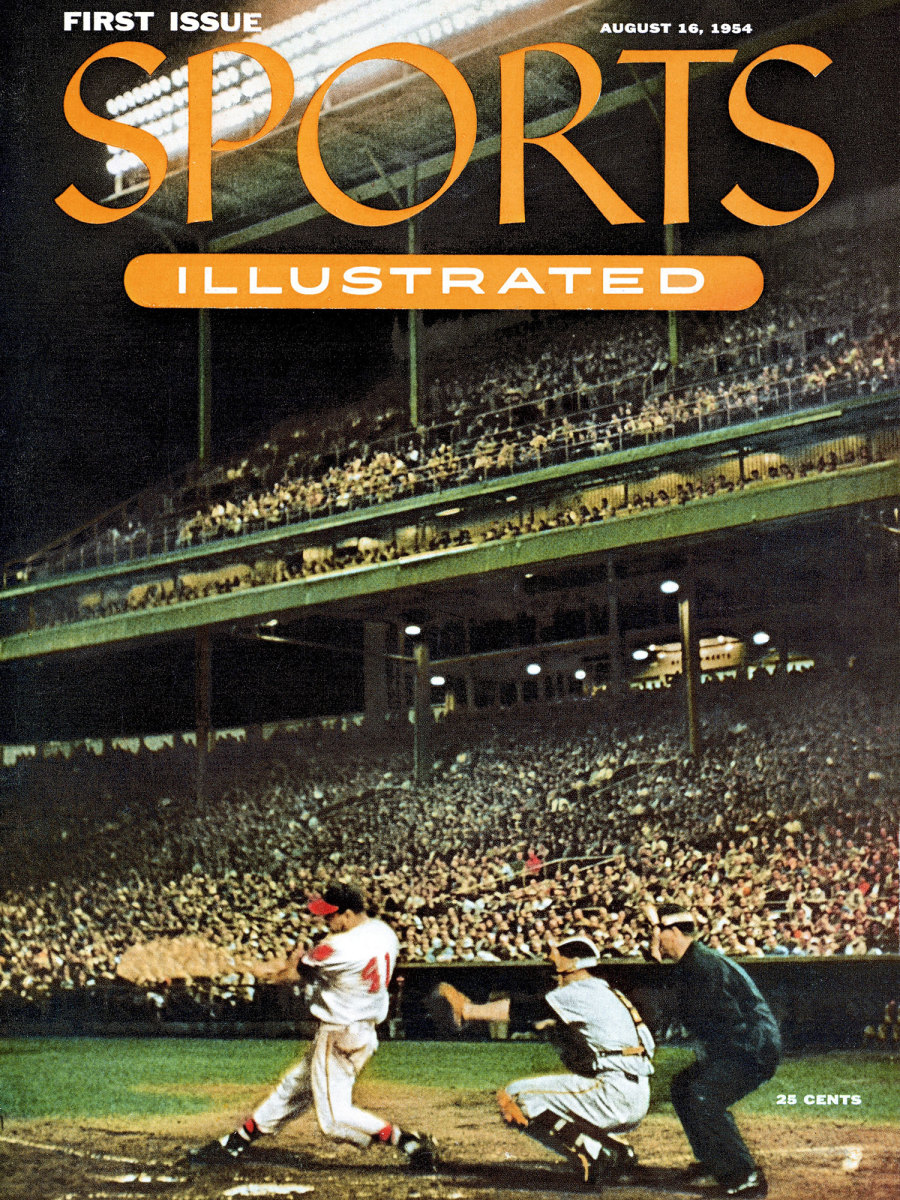Is the Home Run Losing Its Luster?

Editor's Note: Welcome to the Weekend Read, SI's weekly newsletter featuring new stories, vintage photos and our favorite reads around the web. Click here to subscribe and receive pieces like this in your inbox every Friday.
“Three home runs in one afternoon is something the local fans can think about for days.”
Thus began a baseball recap in the Los Angeles Times in 1907. You’ll note that it says one afternoon, rather than game—there were actually two, a doubleheader in the Pacific Coast League. But three home runs in two games was noteworthy in any league in 1907. This was the year of the lowest home run rate ever recorded in Major League Baseball, with just one homer per team for every 10 games played, and the dinger was similarly rare elsewhere. Each home run was something the fans could think about for days, indeed.
Nowadays, the situation is… different. If you haven’t heard—and if you haven’t, you might have easily noticed by watching even a handful of games this year—MLB has more home runs than ever before. It’s increasingly rare to find a contest without the long ball: There have been more than twice as many games this season in which both teams hit multiple home runs than there have been games in which neither team homered at all. Or, put another way, 93% of games have featured at least one home run. On average, MLB teams hit 1.40 HR per game in 2019. It’s a big uptick from last year (1.15) and an easy record-setter (1.26 HR/G per team, from 2017, was the old mark).
Baseball, of course, is constantly changing. This is one of (very) many ways in which the game is drastically different from what it was in 1907, or 1937, or 1987, and fans’ taste in what to “think about for days” is drastically different, too. (For what it’s worth, this particular change seems to be due largely to a changeinthebaseballitself, perhaps with smaller contributing factors around the edges.) So what does this increase mean for how we experience home runs? Traditionally, the long ball has been wildly exciting. It’s cool. But is it inherently so? How fun does any one home run feel when home runs are everywhere?
This isn’t to say that the home run is somehow at risk of becoming wholly uncool. No, it’s still a ridiculous feat to watch on a field, a reliable way to swing the direction of a game, and an opportunity for a sweet bat flip. It’s a home run! There’s a natural swagger to it. Hank Aaron may have famously named the triple the most exciting play in baseball, but Nike was never going to run a campaign based on the idea that chicks dig the three-bagger. There’s a certain level of baseball cool that’s simply reserved for the homer.
And yet… the context is different. Sure, there are many genuinely great home runs, GIF-able ones and game-changing ones and well-timed ones. But they’re surrounded by lots (and lots!) of generic ones. If the home run used to stand out as the game’s natural exclamation point, it’s becoming a comma. It’s still going to create a pause every time. But it doesn’t automatically make your jaw drop. And the collective framework for registering any marker of significance is suddenly skewed, too: In 2019, the average shortstop (shortstop) is on track for 23 long balls. What does 25 homers mean now? 30?
In other words, three home runs are still something to think about—just for the next few innings, maybe, rather than the next few days. That’s baseball in 2019.

Recommended Reading
• In honor of the 150th year of college football, we've put together 15 lists of the sport's greatest—everything from programs to pizza joints to individual performances.
• These are the 20 NBA games we can't wait to see once the season tips off in October. (By Rob Mahoney)
• Walker Buehler has the arm, arsenal and attitude to merit comparison to the greatest Dodgers power pitcher of all. (By Tom Verducci)
• A Longhorns fan his entire life, Sam Ehlinger was born to bring Texas (dare we say?) back. (By Laken Litman)
• Five reasons why mediation between U.S. Soccer and the U.S. Women's National Team players was likely to fail now and what comes next in their equal pay battle. (By Michael McCann)

Vault Photo of the Week: It's Our Birthday and We Can Show Off If We Want to
Happy birthday ... to us! The first issue of Sports Illustrated published this week 65 years ago. The cover above depicts former Milwaukee Braves slugger Eddie Matthews swinging away against New York Giants pitcher Wes Westrum. The home plate umpire in the shot is Augie Donatelli. Now you know the answer to an obscure trivia question.
Best of the Rest
Editor's note: Below are some of our favorite stories of the week not published by SI. This week's list is curated by Emma Baccellieri.
• Louisa Thomas of the New Yorker on Simone Biles’s greatness is almost as great as Biles herself.
• Shooing away vicious seagulls may not technically be a sport, but it should be. (Also, c’mon, this story's headline is “Flying Assassins Are Called In to Combat Aggressive Gulls,” how could you not click?) (By Nick Corasaniti, New York Times)
• “The American Football Helmet is a complex piece of equipment; it is both a shield and a sword, and it fits your head like a gantlet. When you slide it on, you know you are at work. You know that it’s just you out there, enclosed in a bubble.” Former NFL player Nate Jackson had one of the week’s most incisive perspectives at Deadspin on the helmet saga with Antonio Brown.
• TheAtlantic's Ian Urbina looked into the crazy story of a family’s attempt to form its own “micro-nation” at sea.
• And, finally, the New York Times launched The 1619 Project this week, marking the 400th anniversary of American slavery with a sprawling and remarkable collection of work.
Editor’s note: What kind of stories and content would you like to see in the Weekend Read? Let's chat at SIWeekendRead@gmail.com.
